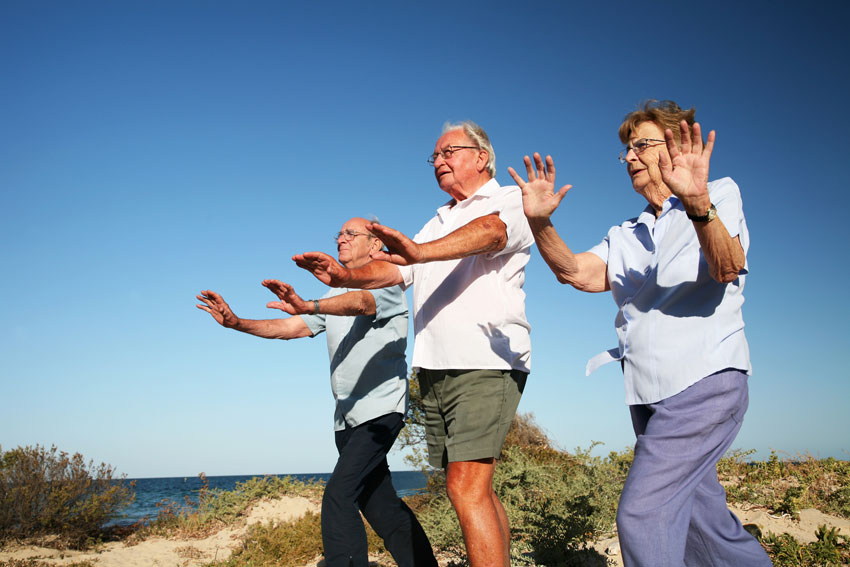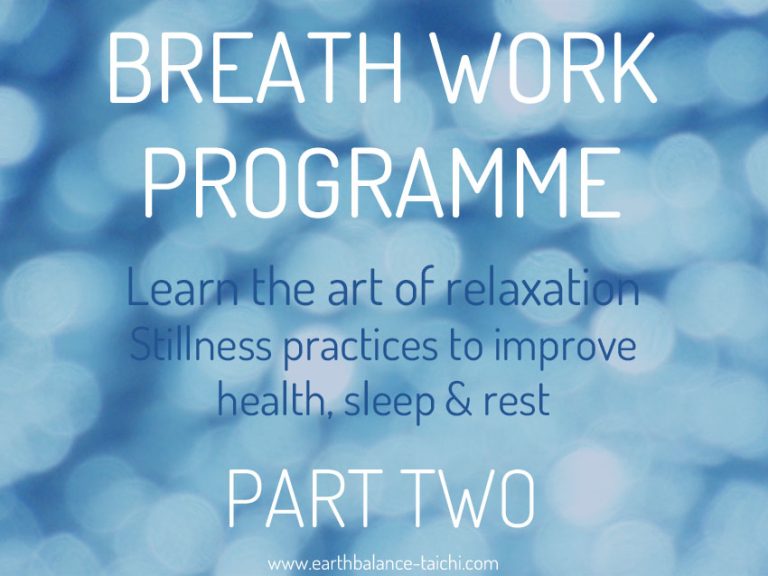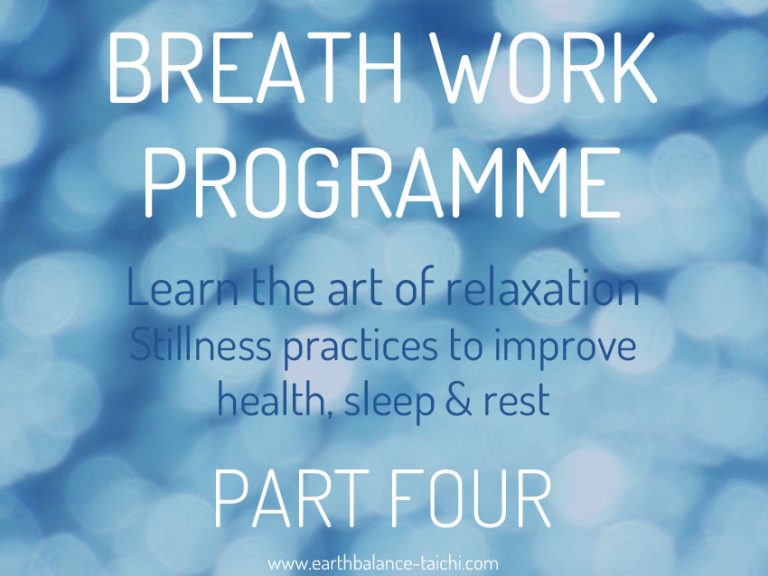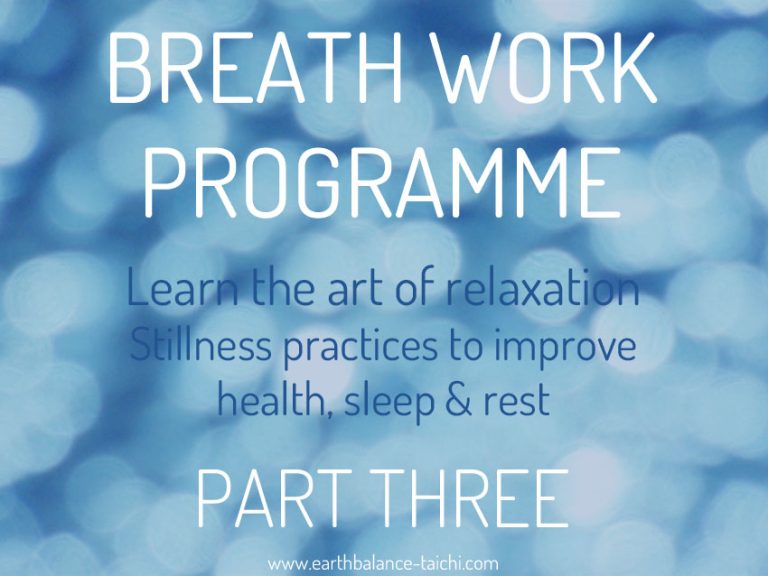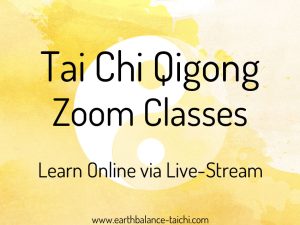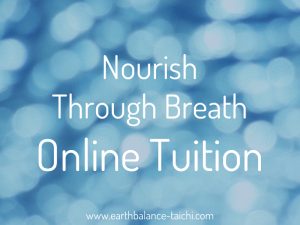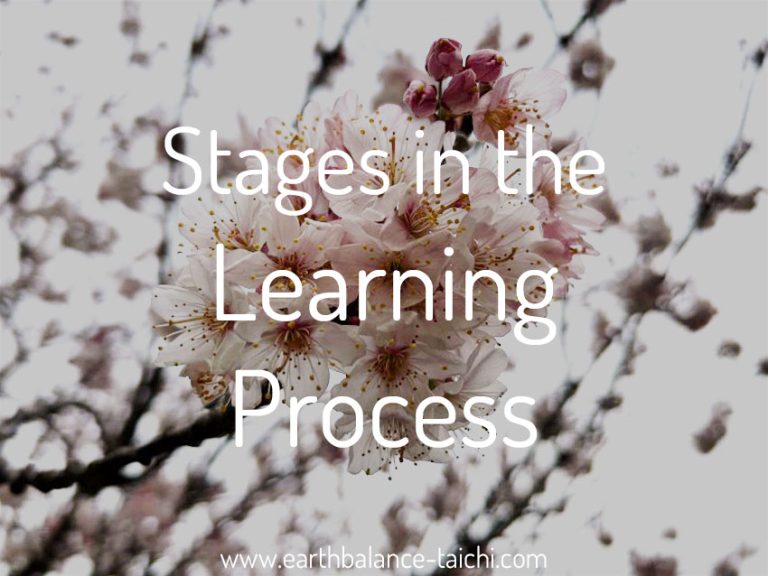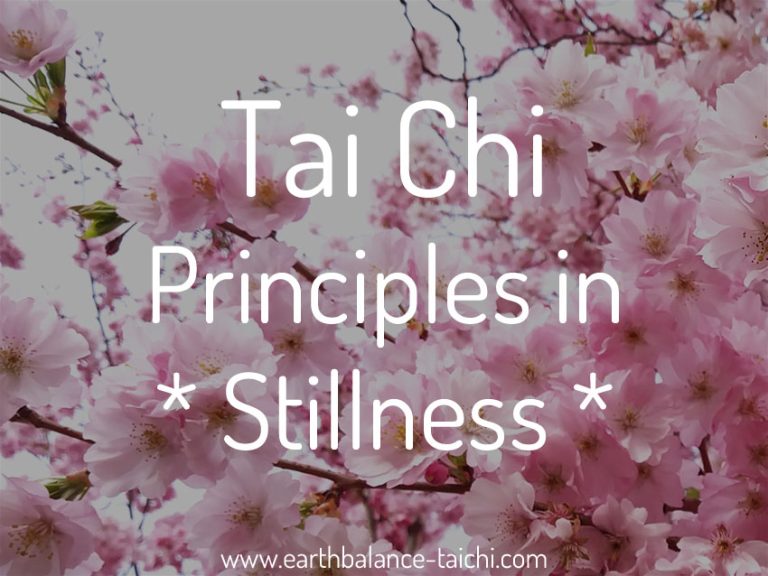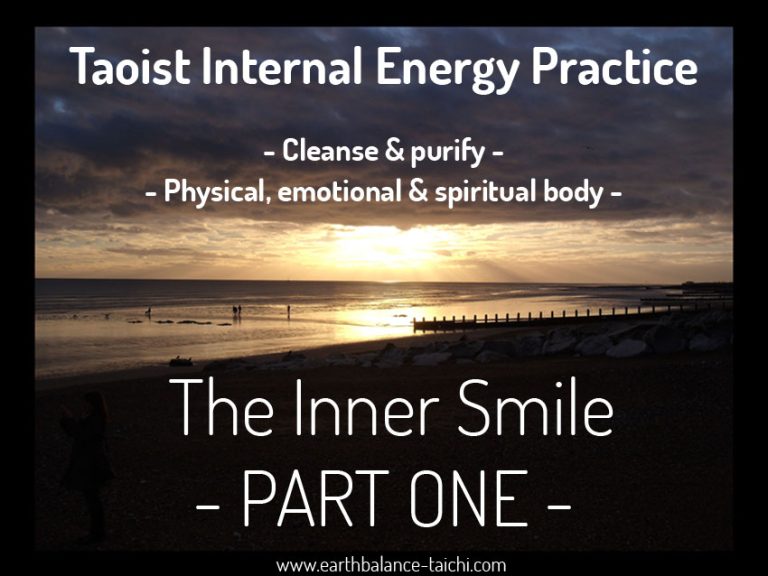Nourish Through Breath Part 1

Nourish Through Breath Part 1
Learn to Breathe Better for Health
Welcome to my breath work programme, helping you breathe better for optimum health. Breathing can be done anytime, anywhere, by anyone, in fact you are doing it right now. Except are you breathing properly? Does your breathing support your health? The aim of this course is to help inform you about why we need to breathe better and how you can begin to control your breath work with easy to learn techniques. Take a positive step towards calming the mind and relaxing the body.
The first part of the course looks a poor breathing techniques and what happens to your body when you breathe poorly.
Part One Contents
1. Introduction
2. Breathing Physiology
3. Unhealthy Breathing
4. Constricted Breathing
5. Effects of Poor Breathing
6. The Stress Response
7. Muscle and Soft Tissue Health
8. The Aging Process
Breathing Physiology
Breathing in draws oxygen into the bloodstream. Breathing out expels carbon dioxide. The brain and body need oxygen to function. The brain requires a sustained amount of oxygen to function. The body requires a variable amount of oxygen to function, depending on the activity. Your breathing is paced to what your brain and body need. When the brain and body is balanced:
- You breathe in the appropriate amount of oxygen for your brain and body to function.
- You breathe out the appropriate amount of carbon dioxide.
If this is out of balance, you breathe in less or more than your brain and body need. This is where problems occur. When this unbalanced state becomes chronic, leads to ill health.

Unhealthy Breathing
- A badly aligned physical structure whether through skeletal defect, injury, sedentary lifestyle etc.
- Collapsing the chest and hunching the shoulders over – restricts the lungs and squashes the organs.
- A lack of symmetry in the torso, leaning and collapsing to one side – restricts the lungs and squashes the organs.
- Sway back, raising the chest and compressing the lower back – restricts the lungs and organs.
- Breathing into the middle of the chest.
- Breathing into the upper part of the chest.
- Taking shallow and short breaths.
- Breathing at a fast pace.
- Breathing deeply at a fast pace.
- Breathing shallowly at a fast pace.
- Unconscious holding of the breath between inhalation and exhalation.
- Unconscious holding of the breath until the body sighs to start breathing again.
- Lack of body sensitivity and body awareness of the breath.
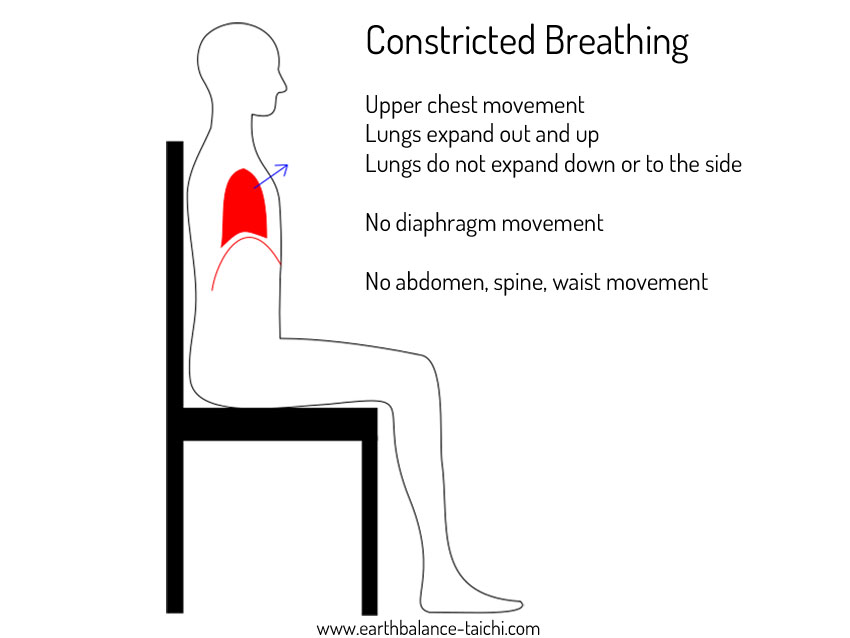
Constricted Breathing
The majority of people breathe into the middle to upper chest. Only a small portion of fresh air is taken in. This is called shallow breathing, upper chest breathing or constricted thoracic breathing. The diaphragm is not used in this type of breathing. The abdomen is still in this type of breathing. This type of breathing activates the stress response (sympathetic nervous system).
Effects of Poor Breathing
Poor oxygen supply affects how well the brain and body systems function:
- Circulatory
- Cardiovascular
- Respiratory
- Immune
- Lymphatic
- Endocrine
- Digestive
- Excretory
- Renal
- Urinary
- Reproductive
- Skeletal
- Muscular
- Soft tissue
- Nervous systems
A lack of oxygen can cause:
- Respiratory disease
- Heart disease
- Raised cholesterol
- Build up of toxins in the lymph system
- Inflexible, weak and tight muscles (torso)
- Increase in pain levels
- Chest tension and pain
- Fatigue and lack of energy
- Sluggishness and lethargy
- Yawning and sighing
- Absence of clarity and alertness
- Feeling faint and dizziness
- Headaches
- Lack of concentration
- Memory problems
- Anxiety

If you live with chronic and degenerative health, consider the negative impact poor breathing habits will have on an already compromised physiological system.
The Stress Response
Your fight and flight response is directly related to how quickly you breathe. This is your body's automatic stress or relaxation response (sympathetic or parasympathetic nervous system). If you breathe at a quick pace, then your body believes there is an immediate threat to life, and will switch on your stress response, releasing hormones into the body to run away or face conflict. Chronic bad breathing habits mimics the stress response. This means you could be spending all day in the stress response, which is not what the body is designed for. The symptoms of the stress response are as follows:
- Headaches
- Raised blood pressure
- Dizziness
- Adrenal exhaustion
- Chest pain
- Raised heart rate and stress on the heart
- Weakened immune system
- Chronic muscular contraction
- Jaw problems from clenching and grinding
- Increase in pain levels
- Panic attacks
- Shaking and trembling
- Shallow breathing
- Hyperventilating
- Increase in perspiration
- Sexual dysfunction
- Digestive problems
- Loss of appetite
- Weight loss and gain
- Fatigue
- Feeling foggy, a lack of clarity
- Feeling jittery and on edge
- Poor memory
- Difficulty sleeping and insomnia
- Enhanced negative emotions
- Inappropriate reactions, cyclical thinking and catastrophising
- Changes in normal behaviour and habits
- Social withdrawal
Your pace of breathing can also activate the relaxation response, by slowing down the breath, breathing a full breath, contracting and relaxing the diaphragm muscle and involving movement in the whole torso. You can trick the body into relaxing by mimicking a relaxed breath. This will send a message to the brain that everything is ok, you are in a calm state and it will respond by activating the parasympathetic nervous system. Breathing is the key.

Muscle and Soft Tissue Health
Lack of physical movement causes soft and connective tissue problems. There really is no escape. If you do not move and the more sedentary you become, the less your body is able to move. It is a downward spiral. As people grow older, many of them move much less. Their range of motion reduces down to their habitual routine, and they become stuck in an unhealthy pattern. Sometimes without knowing and sometimes without caring. The less you move the more the connective tissue loses the ability to function The fascia starts to loose it's fluidity, the muscles become tight, the tendons and sinews also start to loose their elasticity.
The lungs are surrounded by soft and connective tissue over the ribs, abdomen, thoracic and lumbar spine. If you are sedentary and chronically breathe into your upper chest and do not move your torso through a complete range of motion, you are going to lose the physical ability to breath well. When breathing a full breath you contract and release the muscles and stretch the connective tissue in the torso through the expansion on the inhalation and release on the exhalation, it is a constant pulsing motion.
Without this continual motion the muscles become weaker, the connective tissue becomes tighter and over time your breathing capacity reduces down and down in an ever tightening form. Your torso will become like a physical straight jacket for your lungs. Elderly people that are hunched over and breath in short breaths have lost the ability of internal torso movement and external torso movement, they are trapped in their own rigid bodies as the soft tissue becomes hard tissue.
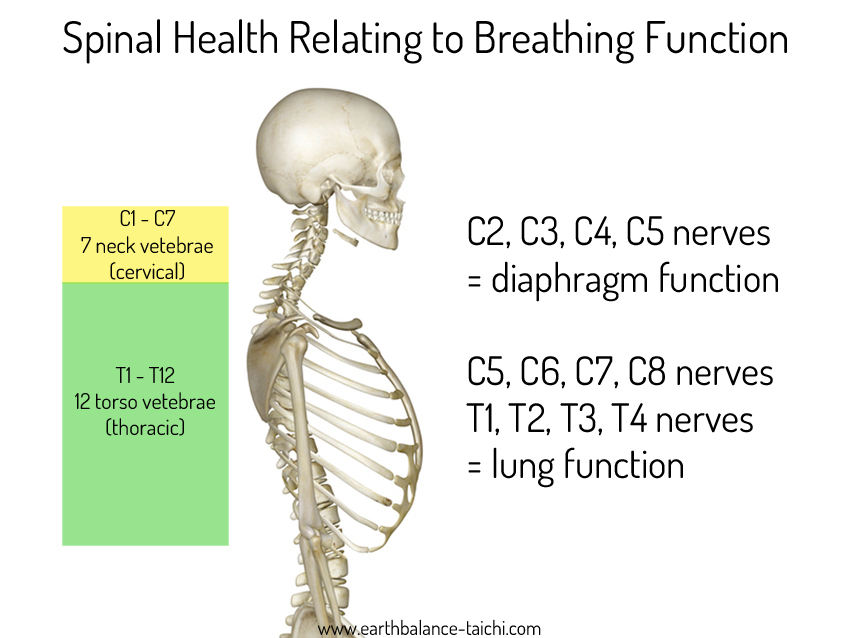
The Ageing Process
As we age, the body naturally and slowly degenerates. The rate of deterioration is based on your health, lifestyle, nutrition, exposure to toxins and genetics. Looking at the lungs:
- The ribs form calcium deposits causing the torso, chest and ribs to become more rigid.
- The rib bones thin, which can inhibit the expansion and contraction of the ribs during a full breath.
- The muscles and soft tissues grow weaker, loosing their elasticity.
- The diaphragm muscle becomes weaker, which inhibits the ability to take a full inhale and exhale.
- The lung airways reduce in size due to lack of elasticity, closing the airway as you age.
- The tissue in the lungs looses the elasticity, meaning the air sacs become baggy and misshapen.
- The nerve roots responsible for the lungs and the diaphragm, which stem from the spine may become compromised (pinched) by chronic poor spine posture. The C2, C3, C4 and C5 nerves = diaphragm. The C5, C6, C7, C8 and T1, T2, T3, T4 nerves = lungs.
- The brain loses the ability to function at optimum, decreasing nerve supply and control of the breath.
When a sedentary lifestyle meets the ageing process, the likelihood of your breathing capacity degenerating increases. You cannot stop aging, however you can adopt a preventative health approach to life, which can slow down the aging process. Far too many people adopt a reactive approach to health, and by then it may be too late to make great changes. By becoming aware of full breathing techniques and working on them every day, you are strengthening your respiratory system, and all other body system functions. Oxygen supply is the key to aging naturally. When you combine that with daily exercise and movement, you are giving yourself the best chance for life-long health.
Nourish Through Breath Part 1 - Copyright Notice
© 2021 www.earthbalance-taichi.com All Rights Reserved. As the author and designer of this tutorial, I am granting you permission to use these resources for your own personal use only. Reproduction of any kind without prior written permission is strictly prohibited - this includes but is not limited to making copies, distributing, teaching, selling or publishing online or offline whether for personal, educational or commercial use. Privacy policy www.earthbalance-taichi.com/disclaimer/
Terms of Use
The information contained on this webpage is for entertainment purposes only. The information provided is not advice, and should not be treated as such. The information is provided by “earthbalance-taichi.com and Earth Balance Tai Chi” and whilst we endeavour to keep the information up-to-date and correct, we make no representations or warranties of any kind, express or implied, about the completeness, accuracy, reliability, suitability or availability with respect to the Ebook or the information, products, services, or related graphics for any purpose. Any reliance you place on such information is therefore strictly at your own risk. In no event will we be liable for any loss or damage including without limitation, indirect or consequential loss or damage, or any loss or damage whatsoever.
Medical Advisory
Before starting this programme please consult with your doctor. Earth Balance Tai Chi cannot be held responsible for any injury, harm or damage caused directly or indirectly by relying on the information on this webpage.

